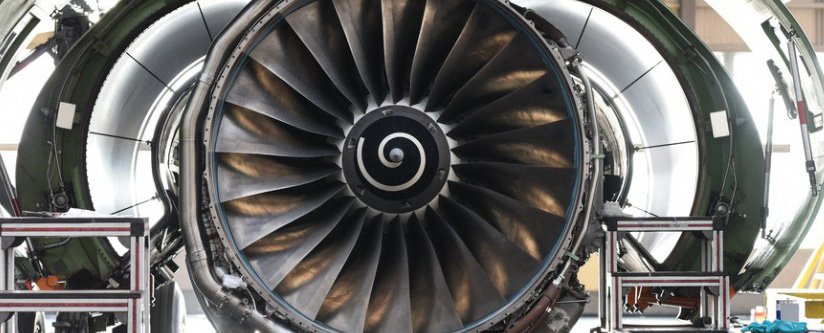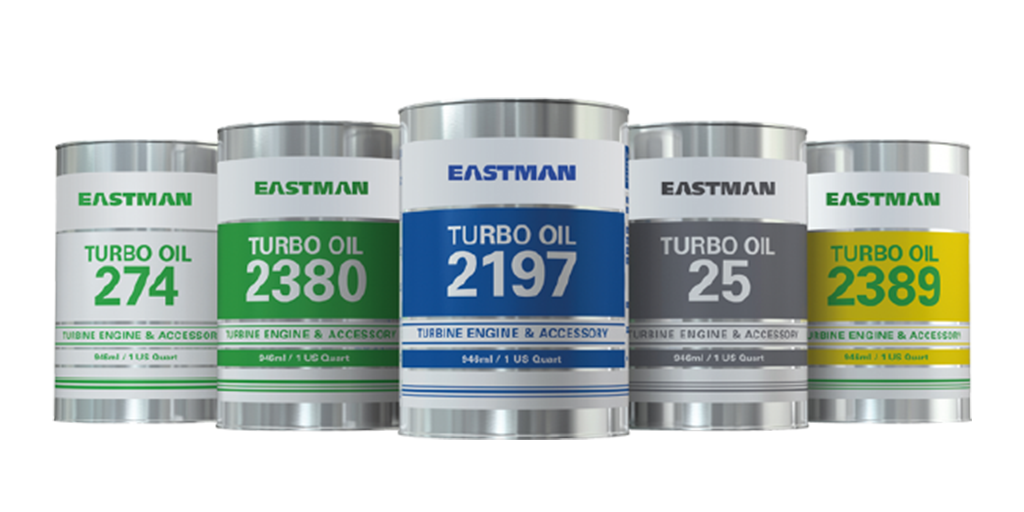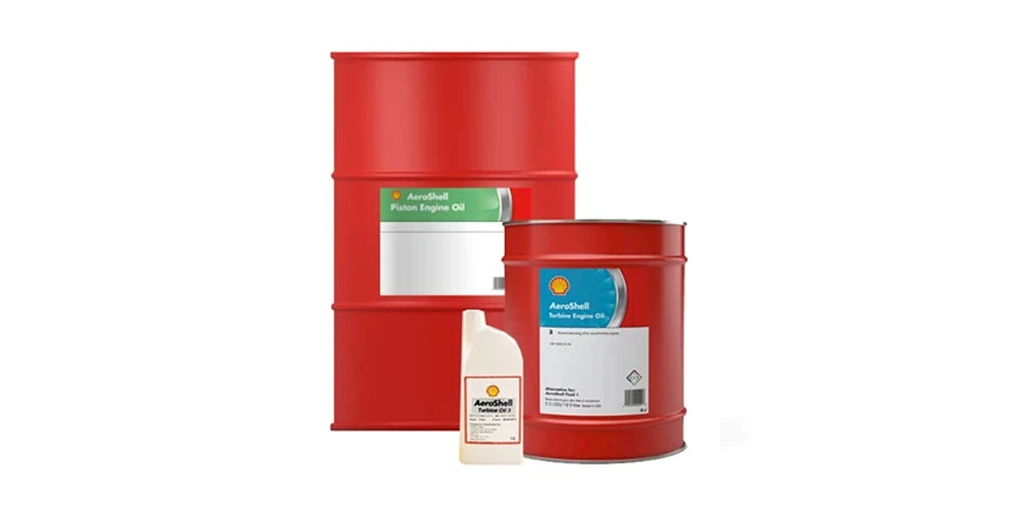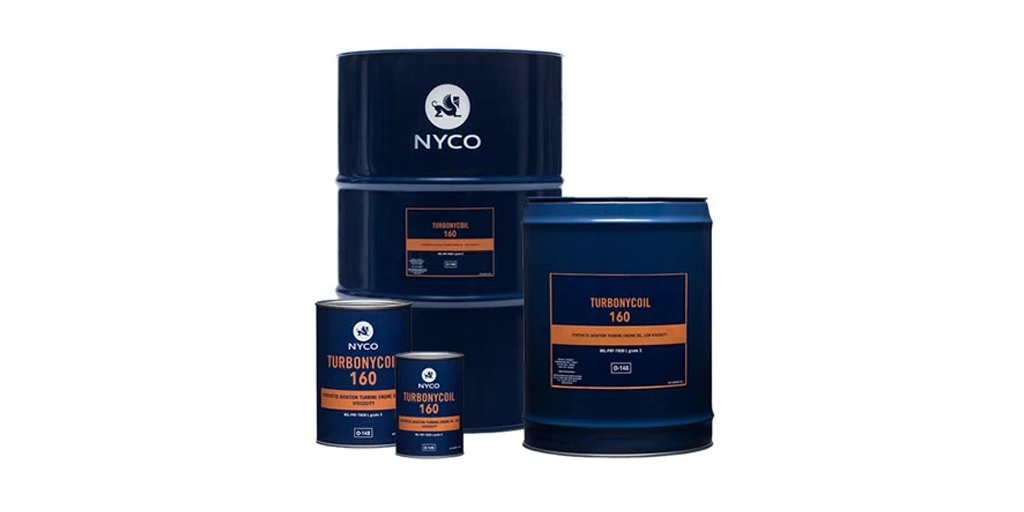Turbine engine oils degrade in several ways, including through thermal, oxidative, and hydrolytic decomposition, improper storage and contamination. Thermal and oxidative decomposition give off a burnt smell and a darker than normal colour, while the oil’s viscosity also increases. In hydrolytic decomposition caused by moisture and heat, the oil gives off a pungent odour and a high total acid number (TAN), while viscosity remains normal.





